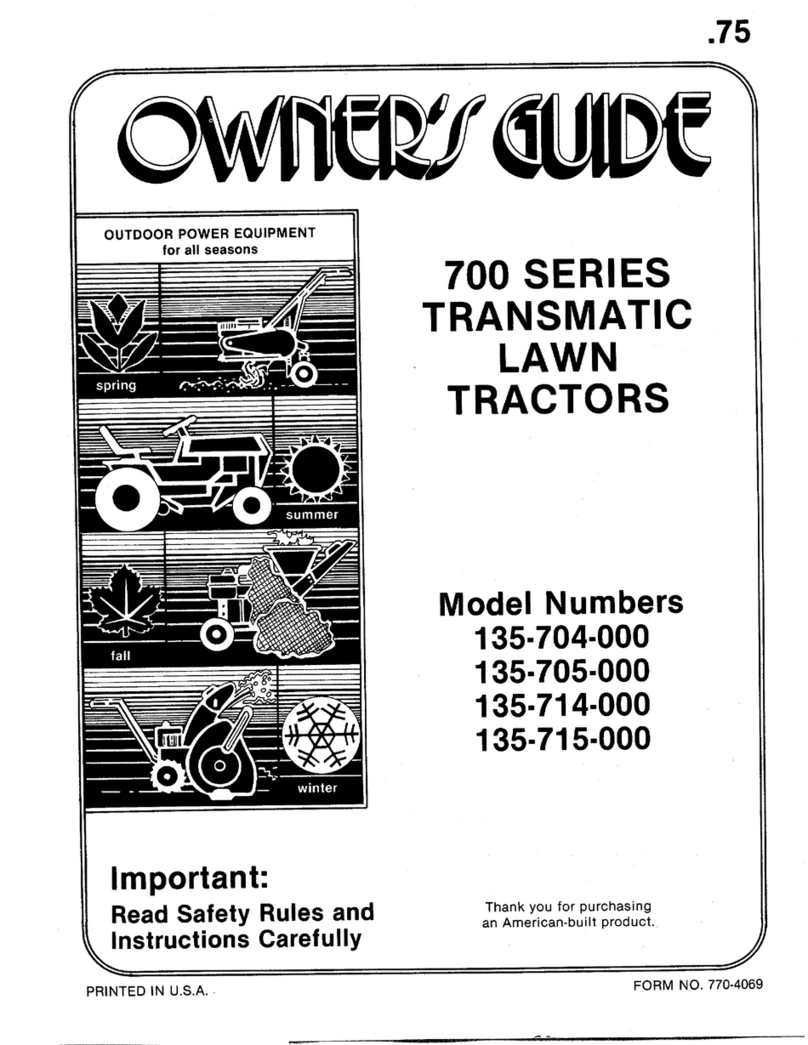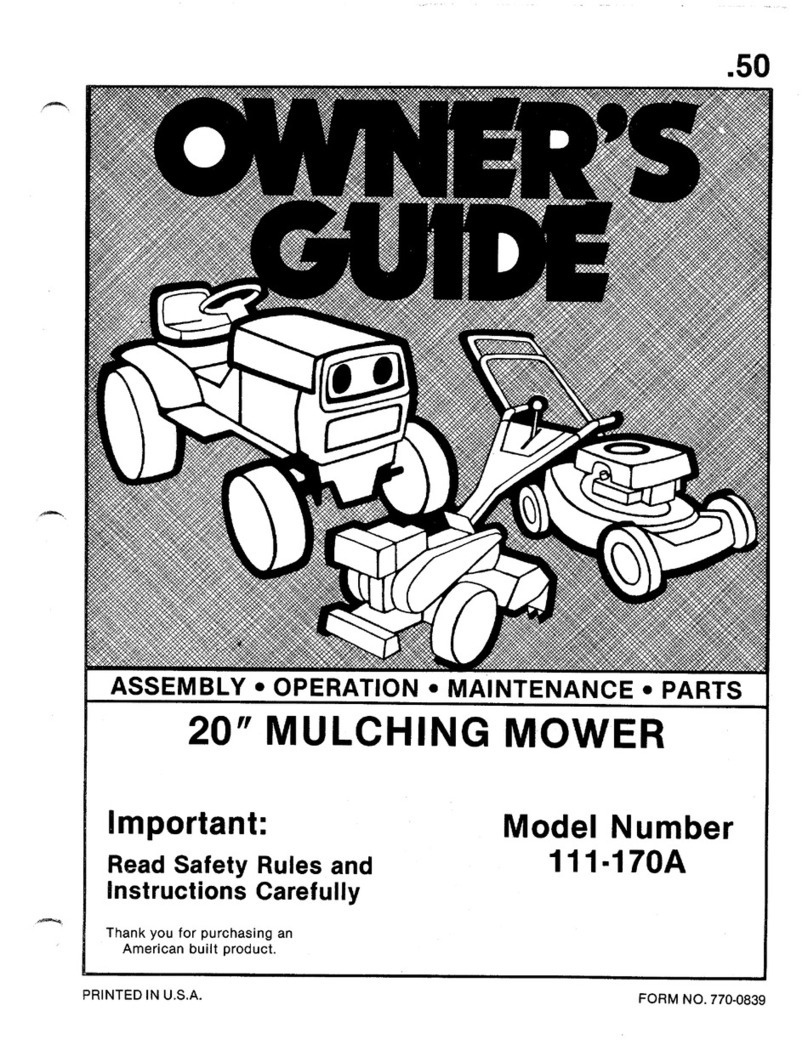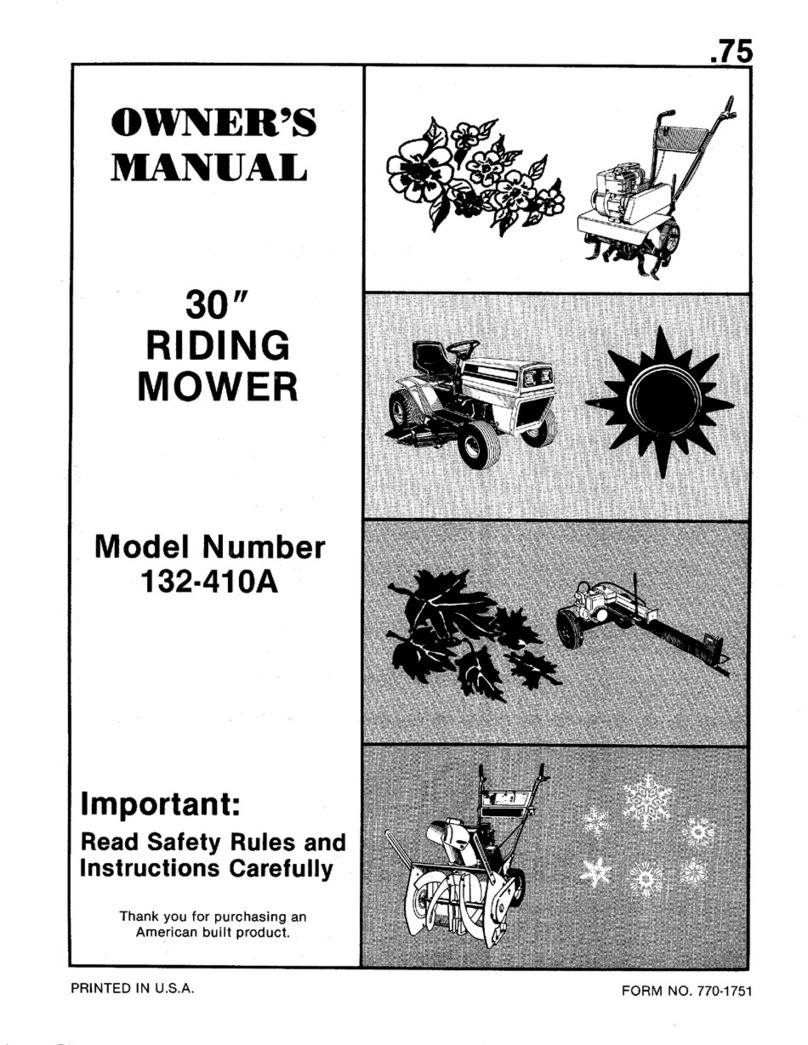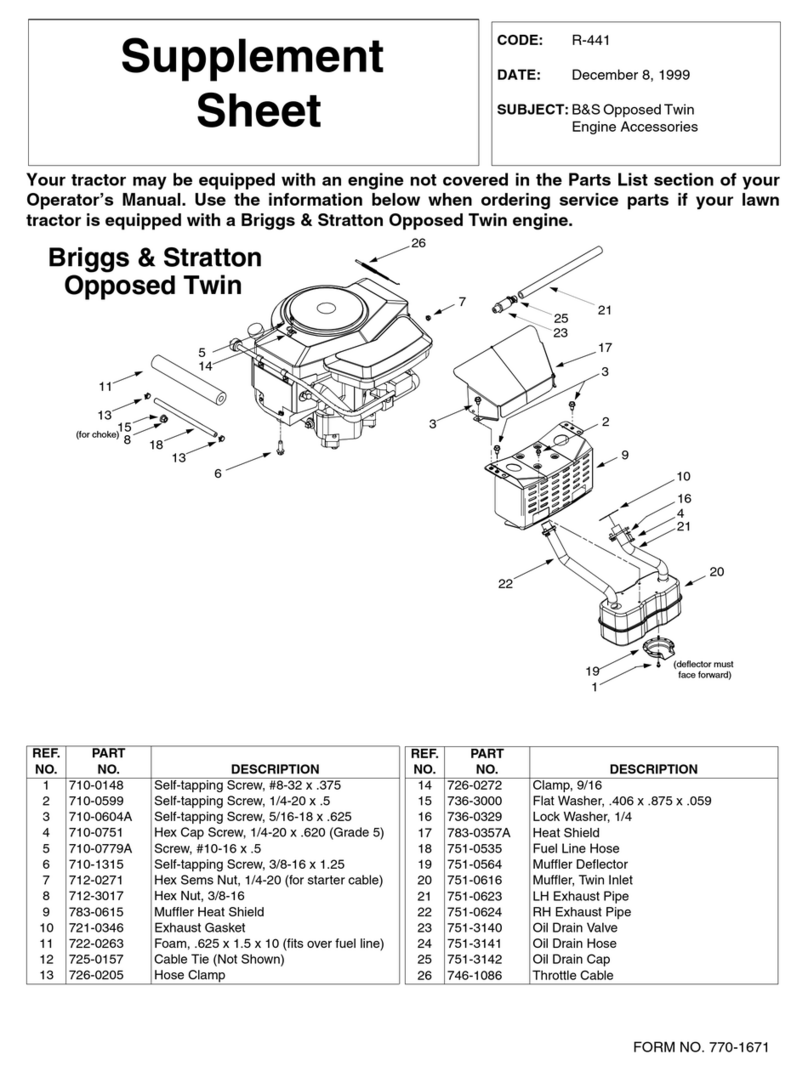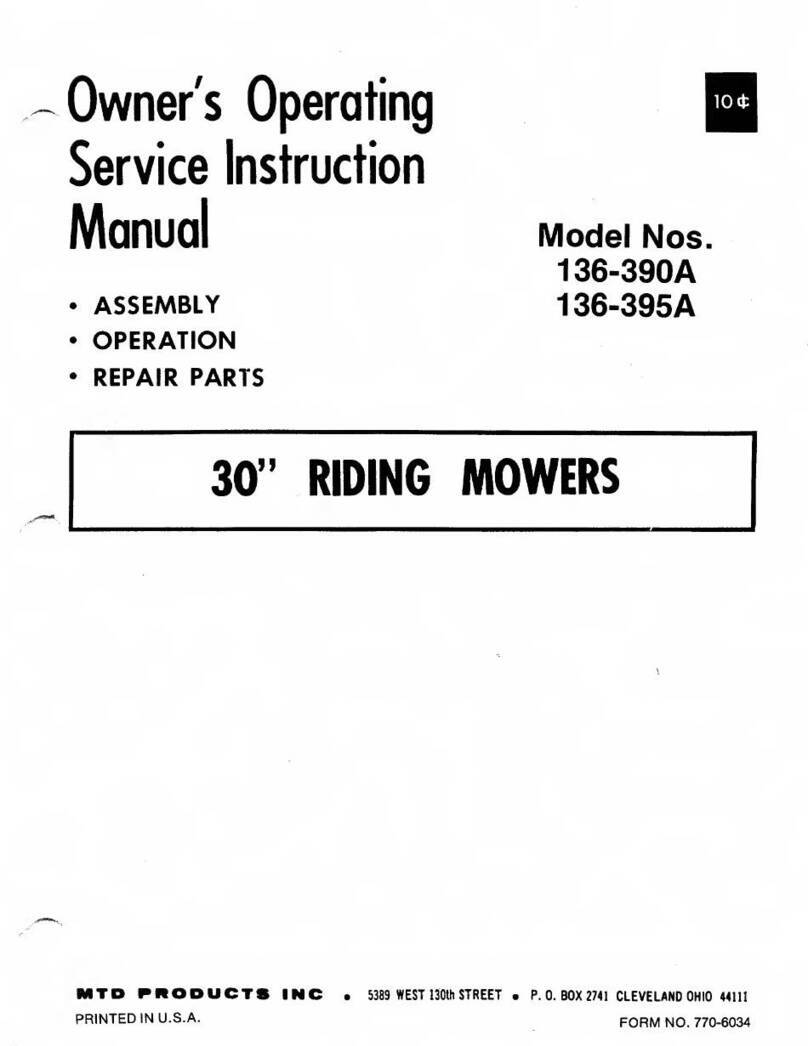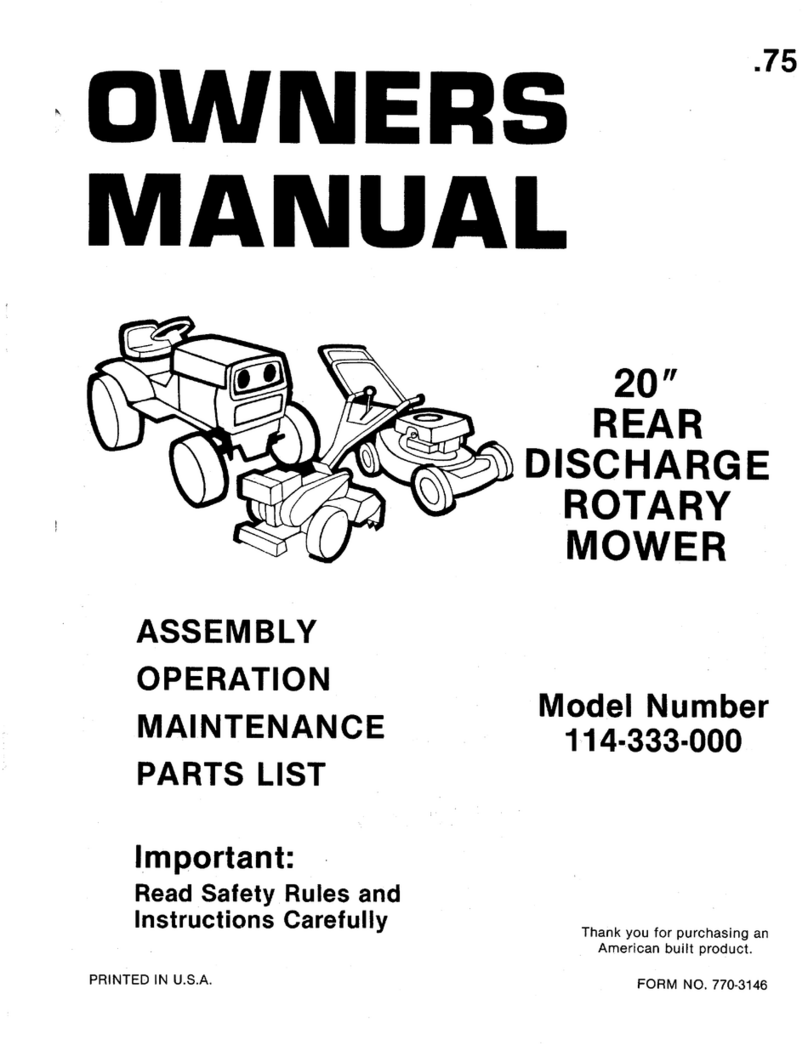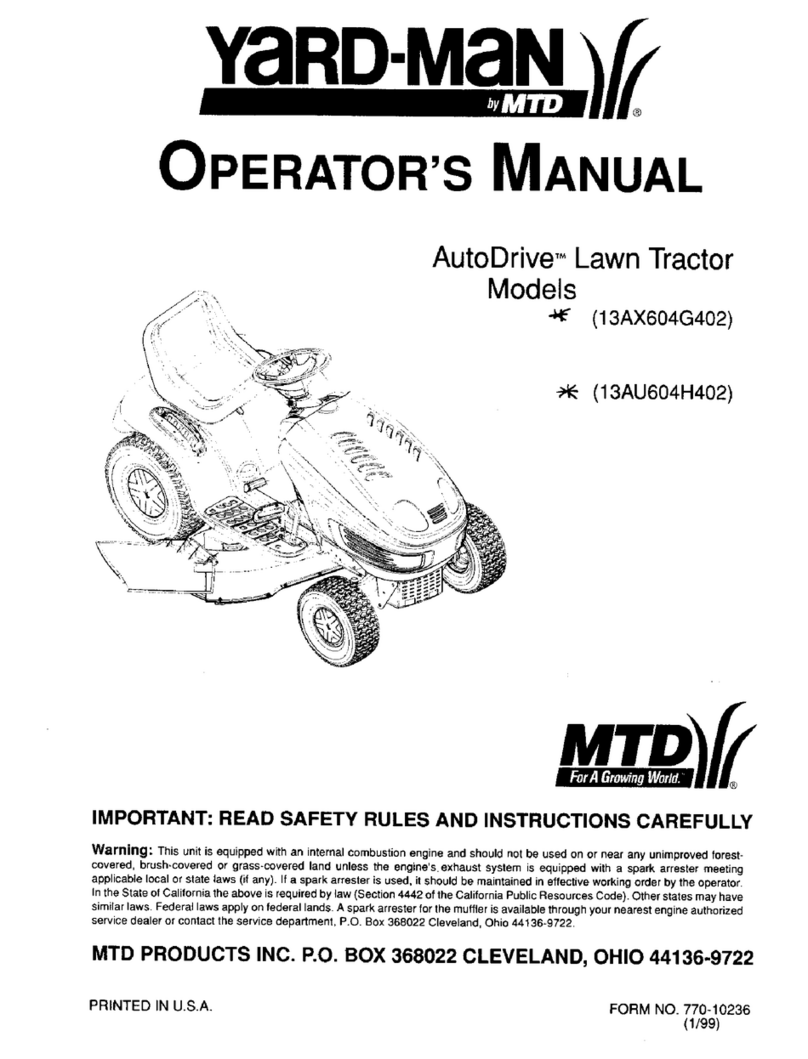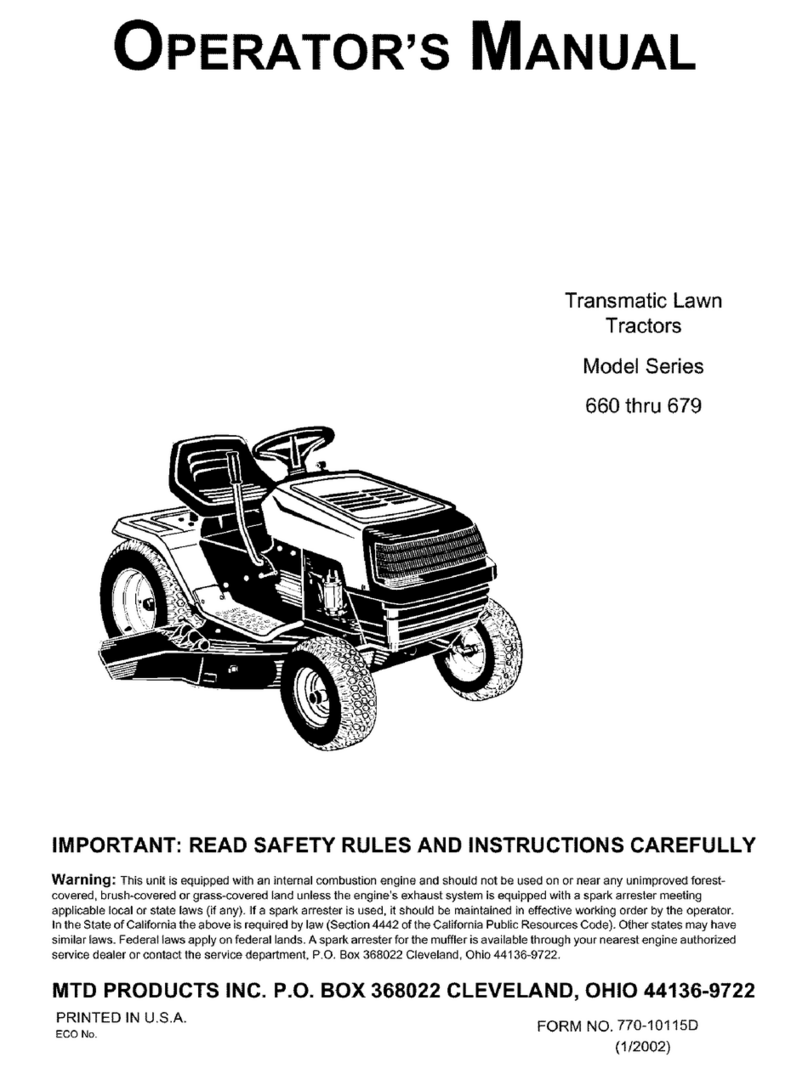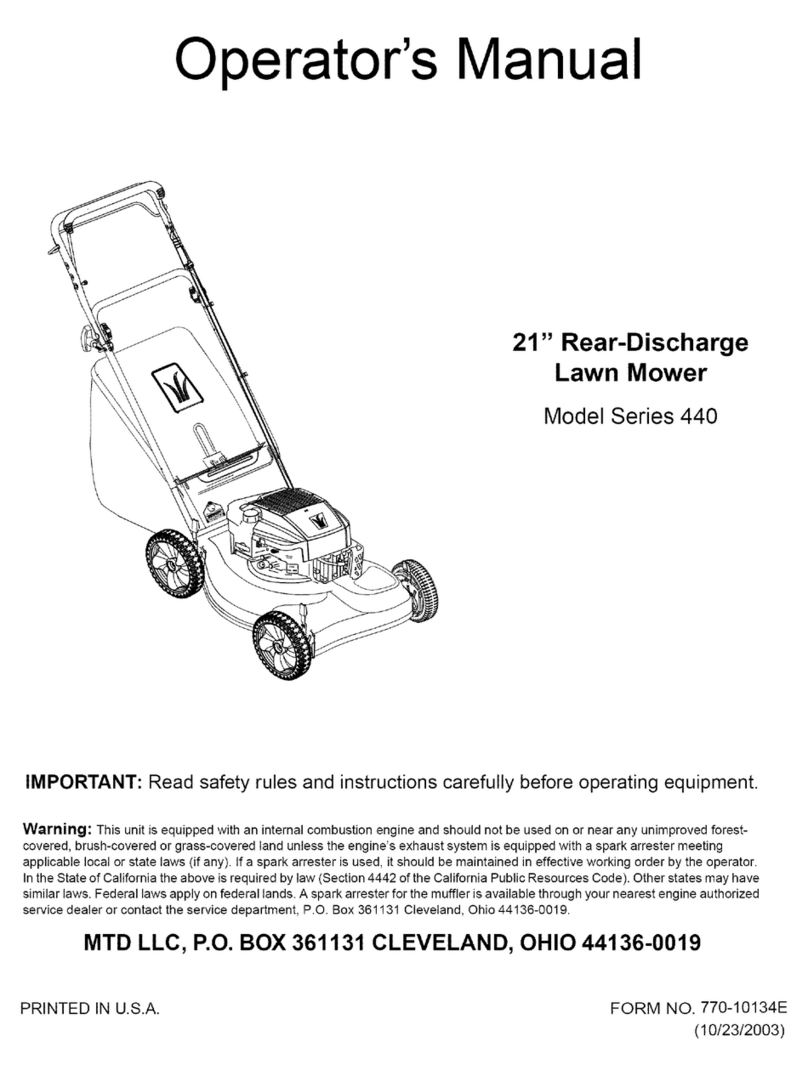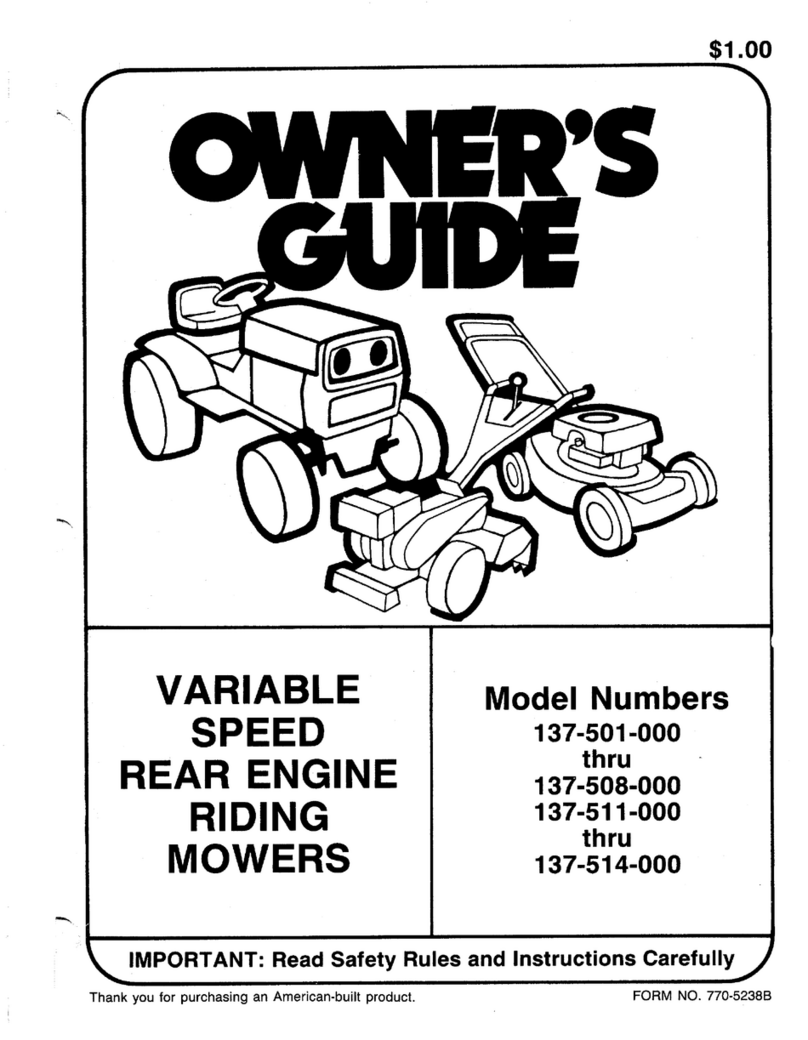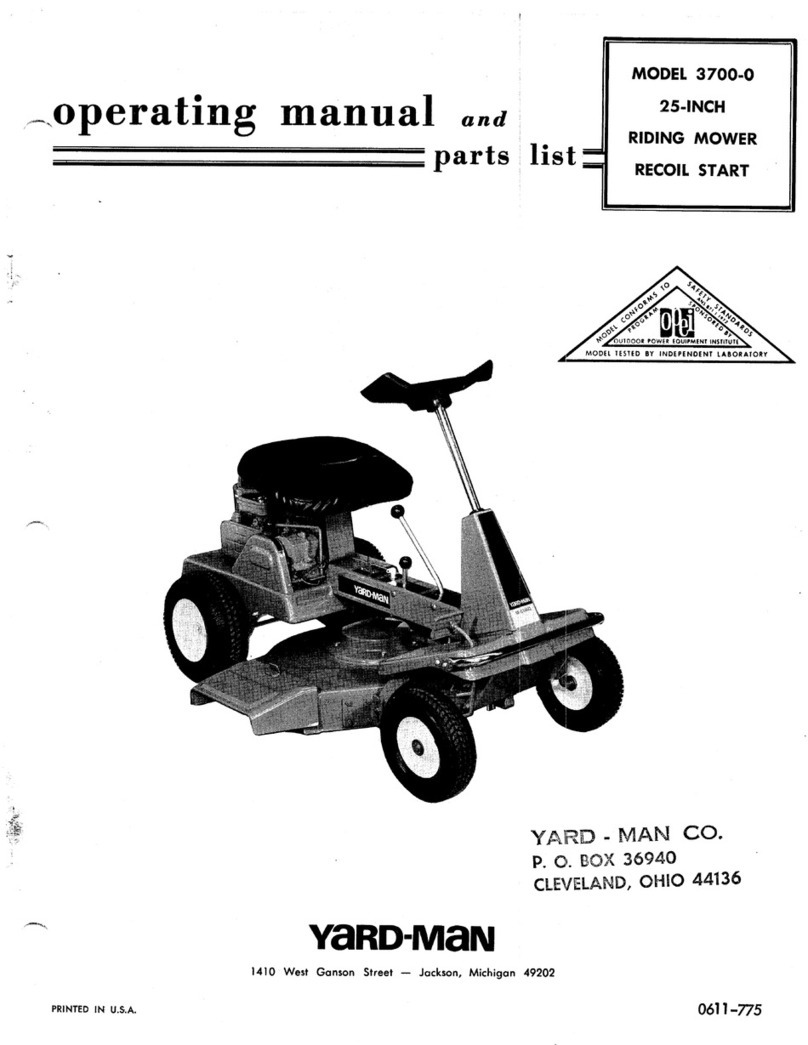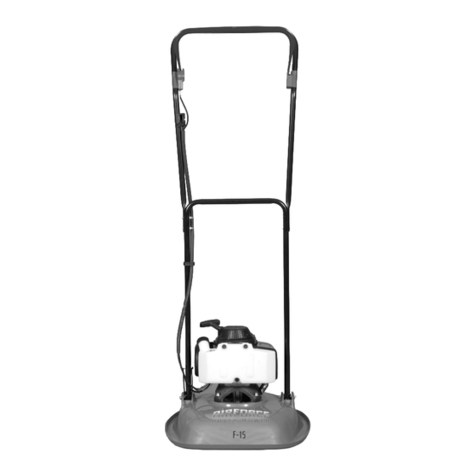MTD 131-498A User manual
Other MTD Lawn Mower manuals

MTD
MTD Gold 13AX795S004 User manual
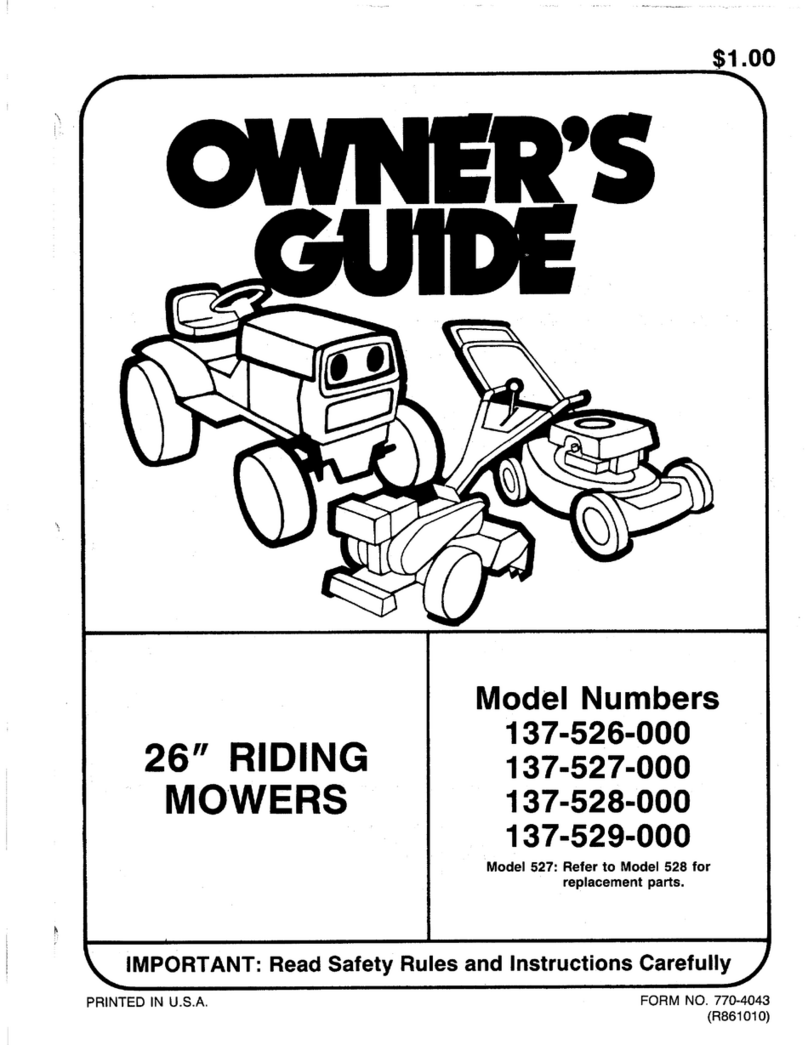
MTD
MTD 137-526-000 User manual
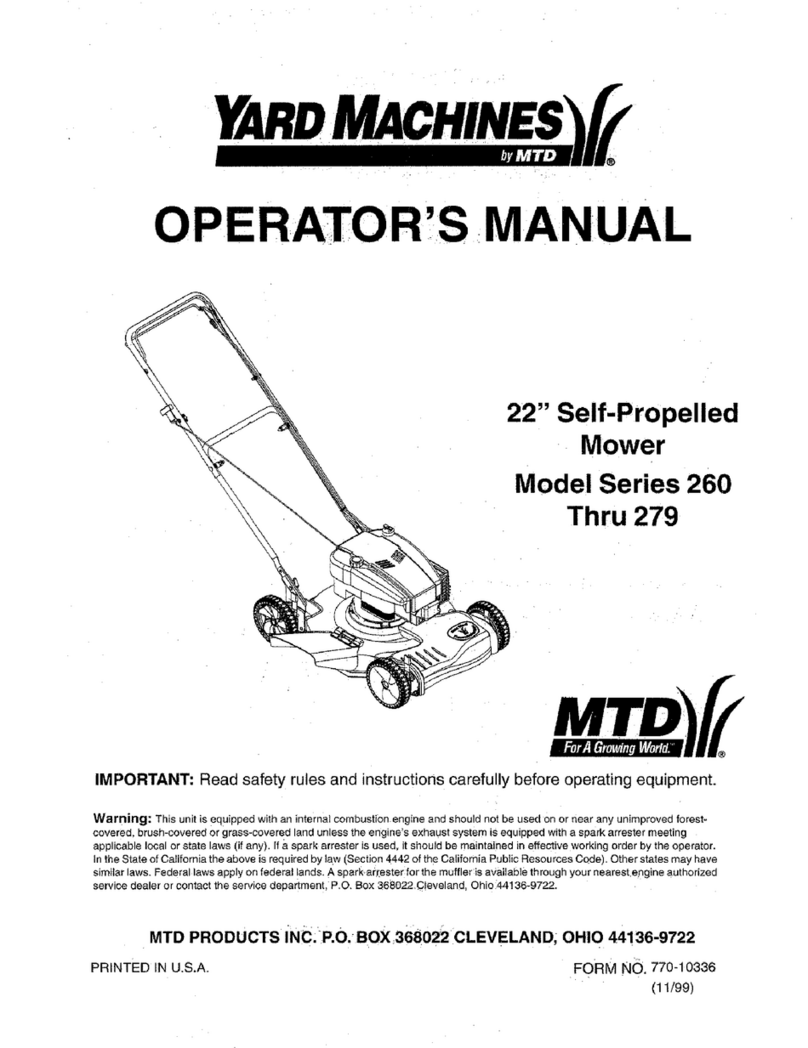
MTD
MTD Yard Machines 260 Series User manual

MTD
MTD 44M User manual
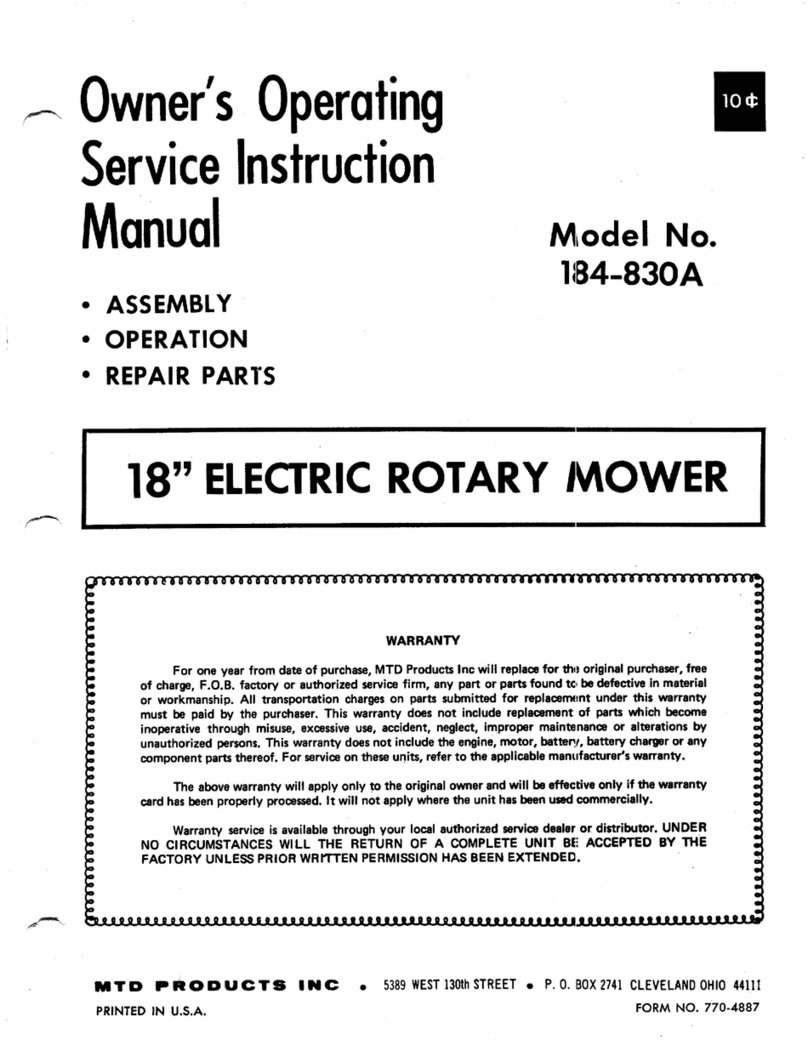
MTD
MTD 184-830A Manual
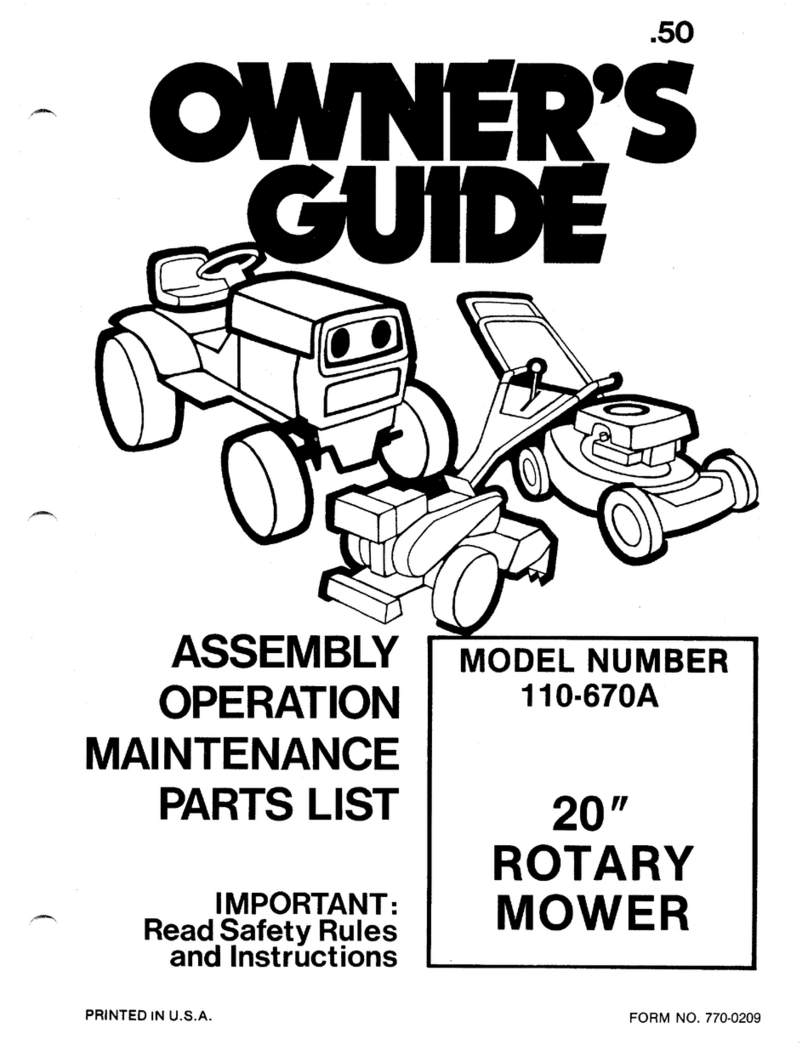
MTD
MTD 110-670A User manual
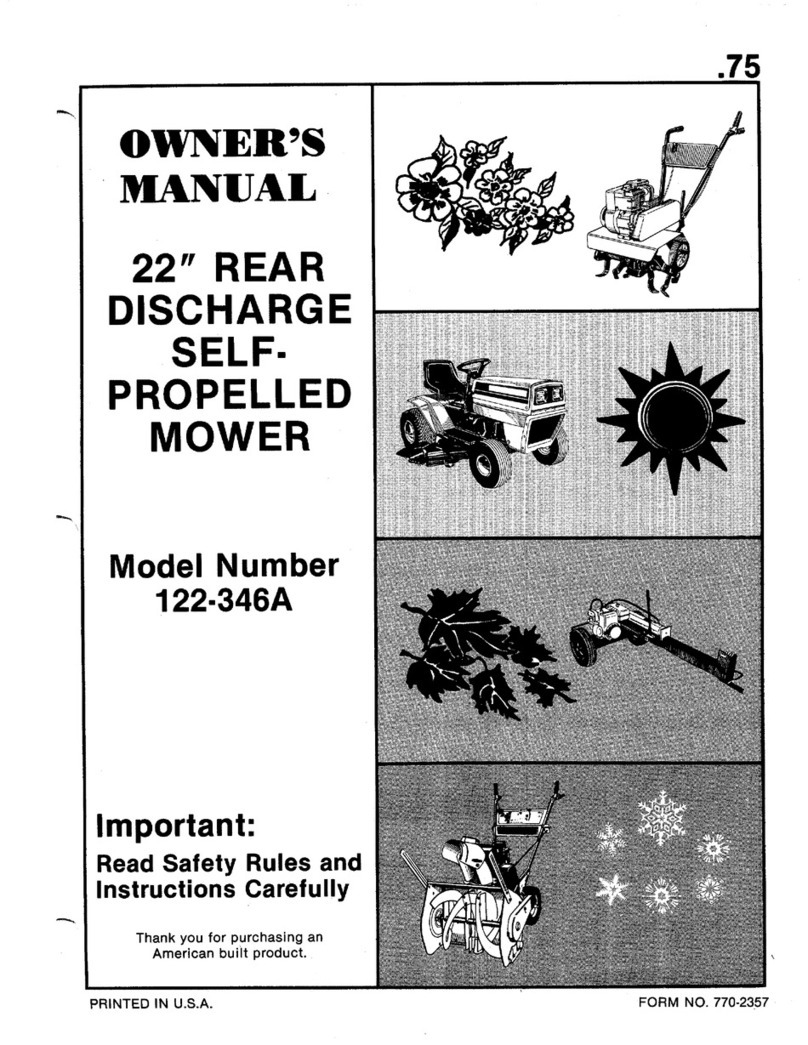
MTD
MTD 122-346A User manual
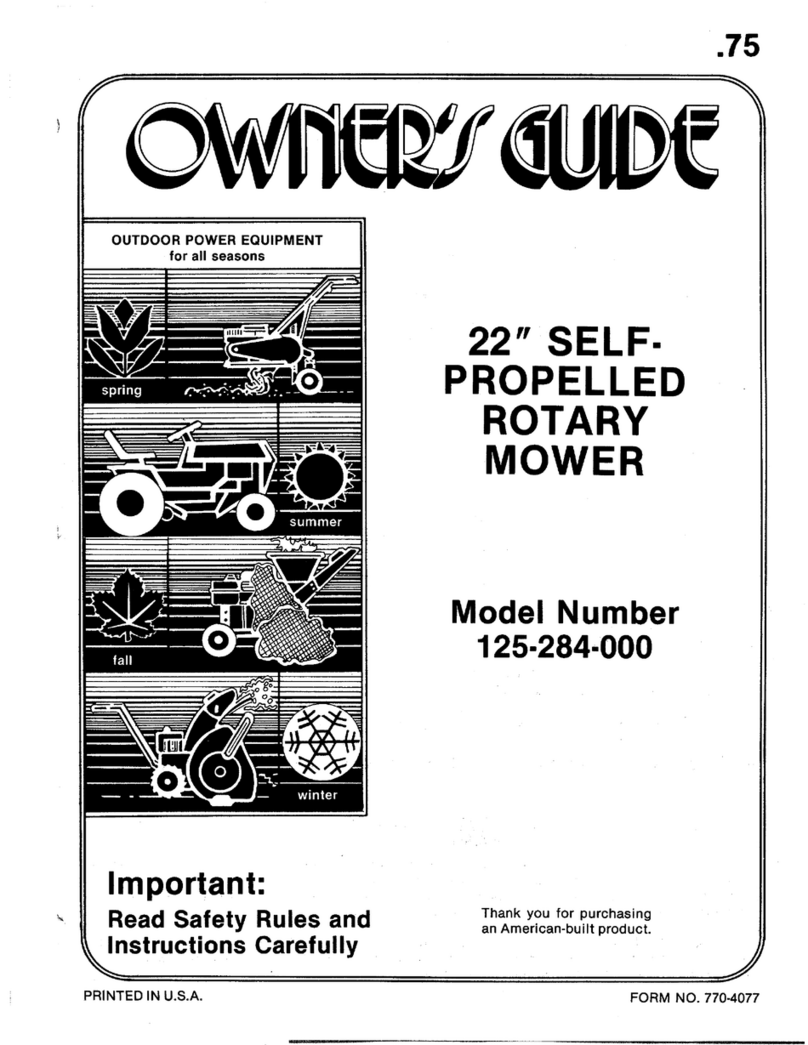
MTD
MTD 125-284-000 User manual
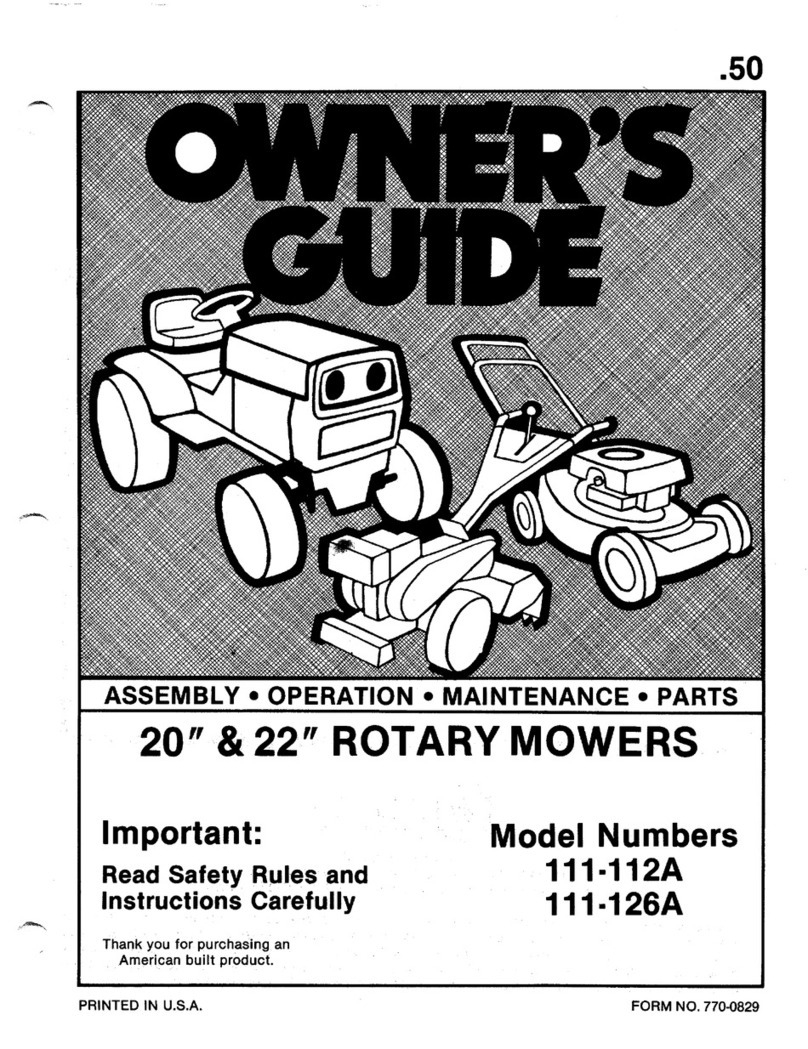
MTD
MTD 111-112A User manual
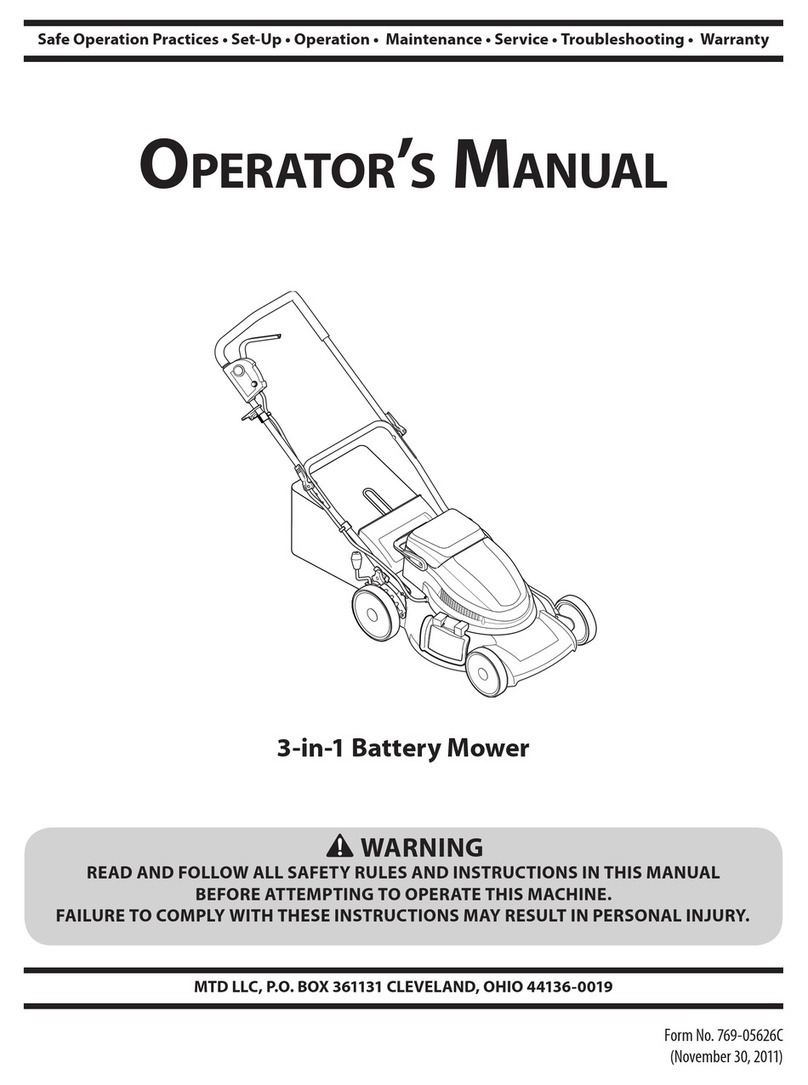
MTD
MTD 3-in-1 Battery Mower User manual
Popular Lawn Mower manuals by other brands

TALEN TOOLS
TALEN TOOLS AVR HGM30 manual

DEWEZE
DEWEZE ATM-725 Operation and service manual

Weed Eater
Weed Eater 180083 owner's manual

Husqvarna
Husqvarna Poulan Pro PP185A42 Operator's manual

Better Outdoor Products
Better Outdoor Products Quick Series Operator's manual

Cub Cadet
Cub Cadet 23HP Z-Force 60 Operator's and service manual

